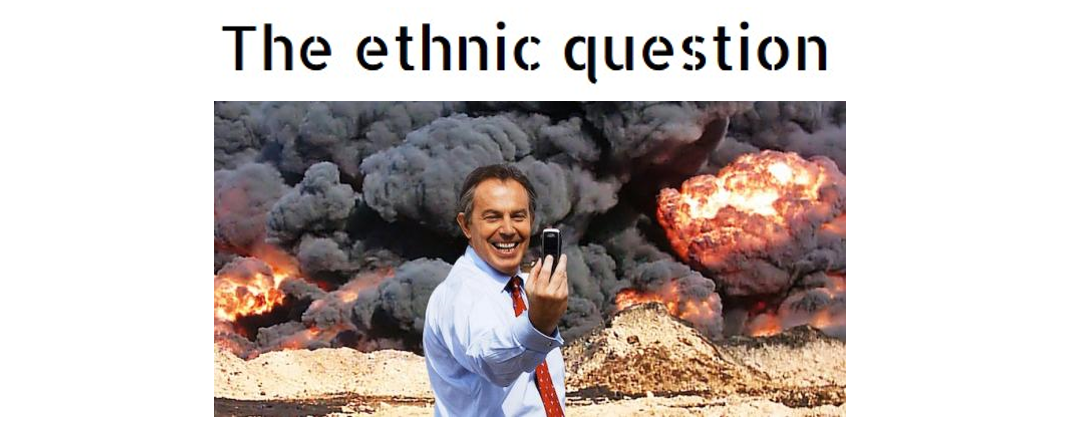Check out my MPhil thesis published online by UNSW:
http://www.unsworks.unsw.edu.au/primo_library/libweb/action/dlDisplay.do?vid=UNSWORKS&docId=unsworks_36720&fromSitemap=1&afterPDS=true
This is what it's about:
http://www.unsworks.unsw.edu.au/primo_library/libweb/action/dlDisplay.do?vid=UNSWORKS&docId=unsworks_36720&fromSitemap=1&afterPDS=true
This is what it's about:
Abstract: This thesis examines the way in which the dominant, Western-centric narrative of ethnopolitics limits a comprehensive understanding of the underlying causes and features of ethnic conflict in Indonesia. This is achieved through a comparative analysis of the way in which ethnic conflict is understood in the dominant narrative compared to the Indonesian context as it presents in Indonesian language and Indonesianist scholarship. In particular, alarmist images of an ‘arc of instability’, a ‘balkanised Indonesia’ and an ‘archipelago of fear’ conveyed through the dominant narrative as destined, natural or inevitable will be challenged. Analysis of Indonesian scholarship and commentary revealed two main themes divergent from the dominant narrative of ethnic conflict. Firstly, the consideration of political and economic factors as the underlying causes of ethnic conflict, and secondly, the dual comprehension of ethnicity as both primordial and instrumentalist. Themes of political and economic drivers of ethnic conflict in Indonesia thus provided the theoretical structure for this thesis. Initially, this may appear to convey Indonesian understandings of ethnic conflict as strictly instrumentalist, however deeper examination of Indonesian discourses surrounding concepts of Pancasila, SARA, religion, and communal identity, revealed strong primordialist notions that work to complement, rather than oppose instrumentalist theories. In so doing, this thesis reveals the way in which Indonesian understandings of ethnic conflict illuminate alternate interpretations of ethnicity emphasising notions of political nostalgia, the nature of conflict in society, and ideas of conflict entrepreneurship. This thesis proposes the need for a new framework with which to analyse ethnic conflict and fully comprehend ethnic conflict in Indonesia outside of the rigid, traditional confines of international relations and ethnic studies frameworks.




